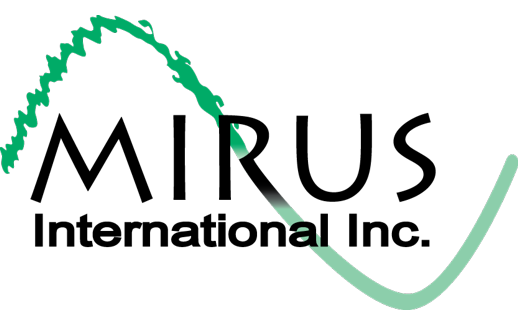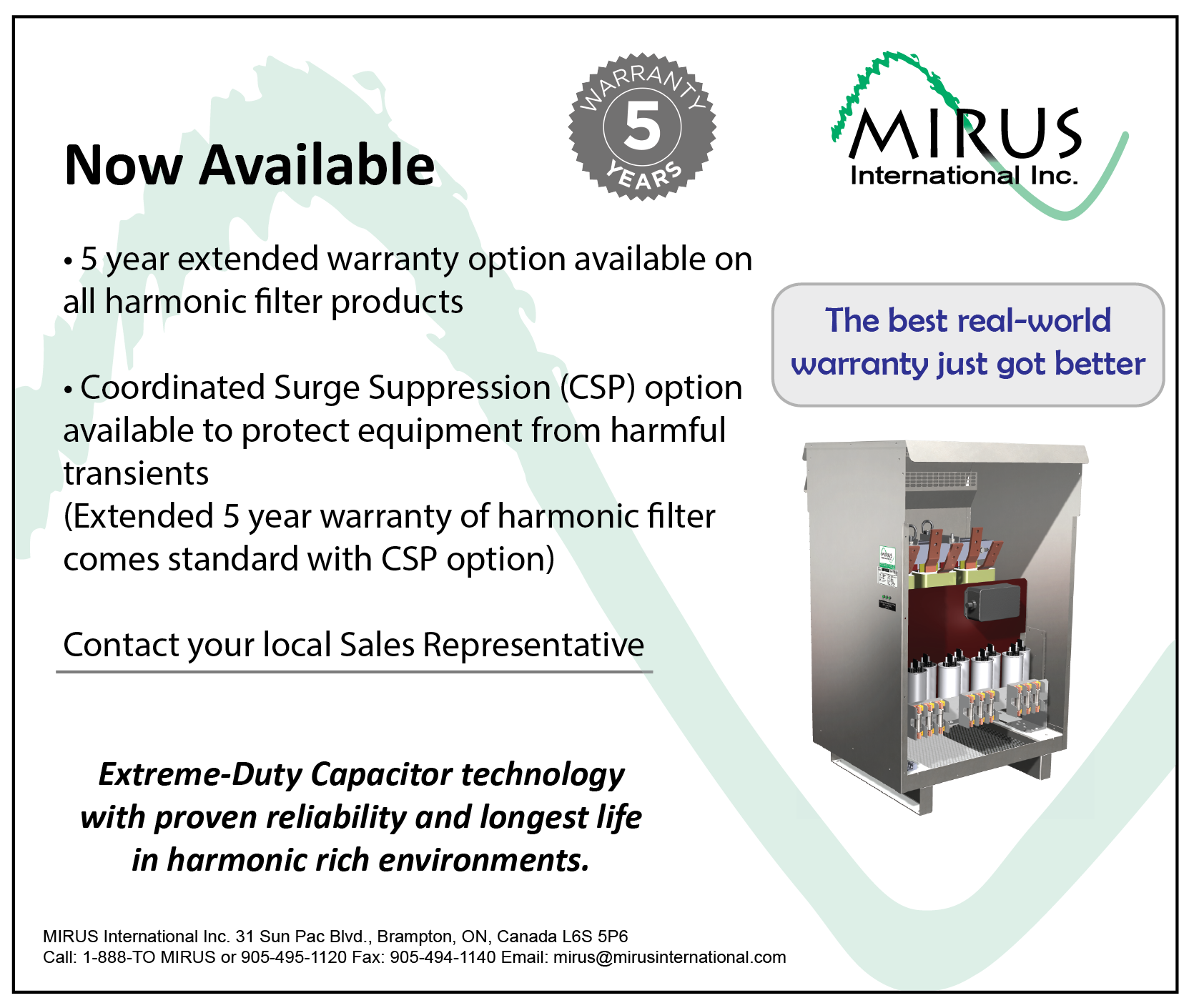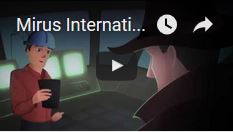Harmonic and Energy Saving Solutions
Industries [more industries]
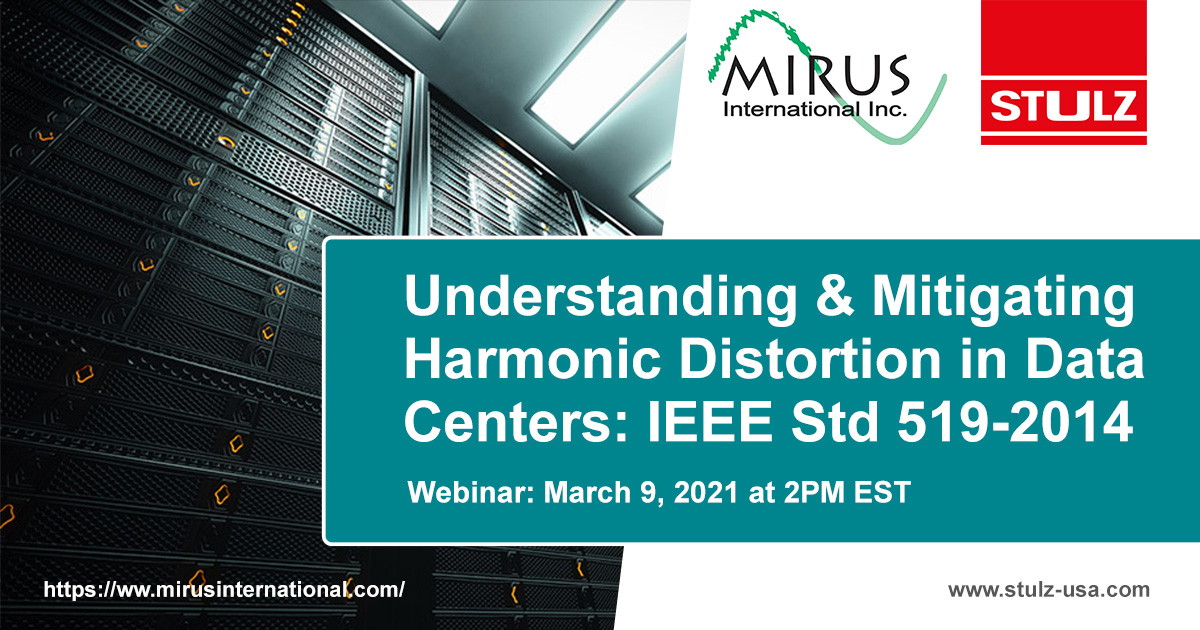
IEEE 519-2014 Understanding & Mitigating Harmonic Distortion in Data Centers
STULZ USA & MIRUS International talk about understanding the requirements and intent of standard IEEE 519-2014 and the best practices for mitigating Harmonic distortion in a data center’s electrical distribution system. Tony Hoevenaars, President and CEO of Mirus International also discusses writing specifications for insuring acceptable levels of harmonic distortion.
Download:
[White Paper],
[Presentation]
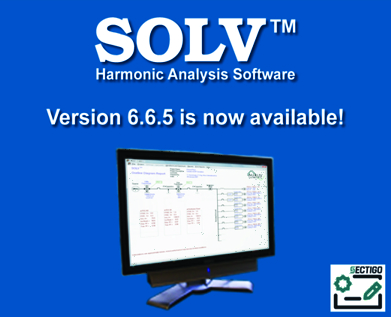
SOLV™ is a powerful simulation program that will calculate current and voltage distortion levels by simulating the Mirus Lineator™ and Variable Speed Drive (VSD) / Variable Frequency Drive (VFD) based on your load requirement.
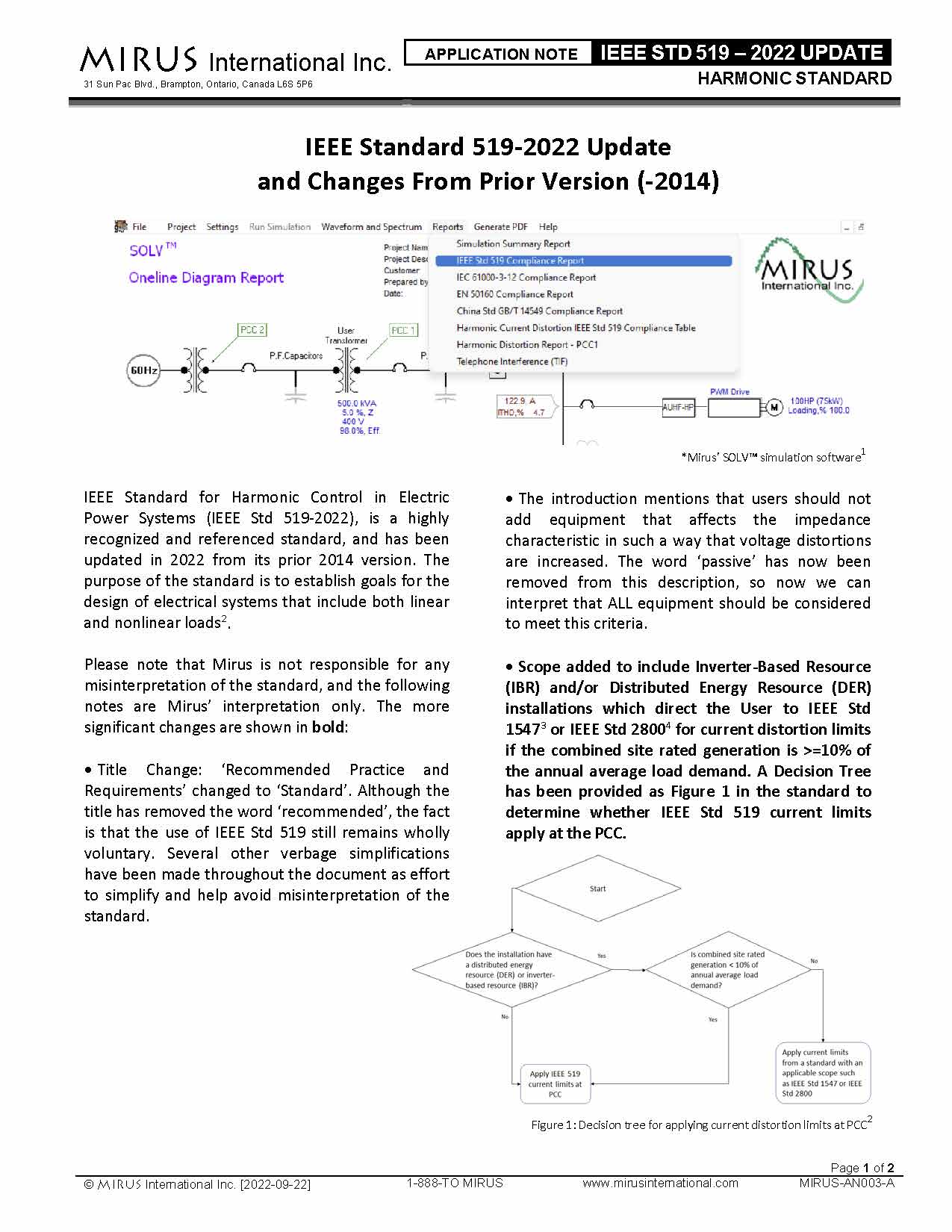 |
IEEE Standard 519-2022 Update and Changes From Prior Version (-2014) |
|
IEEE Standard for Harmonic Control in Electric Power Systems (IEEE Std 519-2022), is a highly recognized and referenced standard, and has been updated in 2022 from its prior 2014 version. The purpose of the standard is to establish goals for the design of electrical systems that include both linear and nonlinear loads.
|
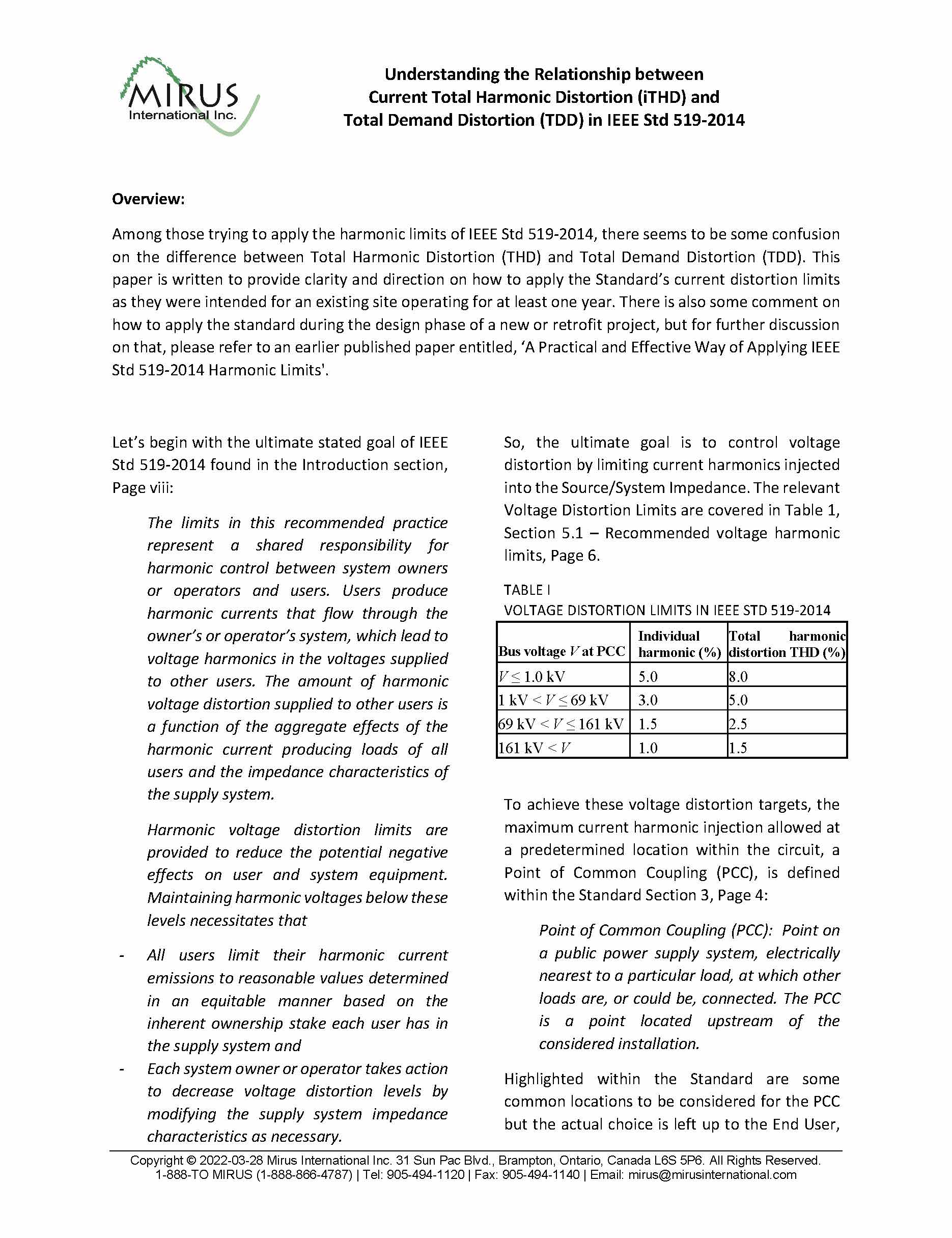 |
Understanding Relationship between THD vs TDD |
|
Among those trying to apply the harmonic limits of IEEE Std 519-2014, there seems to be some confusion on the difference between Total Harmonic Distortion (THD) and Total Demand Distortion (TDD). This paper is written to provide clarity and direction on how to apply the Standard’s current distortion limits as they were intended for an existing site operating for at least one year. There is also some comment on how to apply the standard during the design phase of a new or retrofit project, but for further discussion on that, please refer to an earlier published paper entitled, ‘A Practical and Effective Way of Applying IEEE Std 519-2014 Harmonic Limits'.
|
